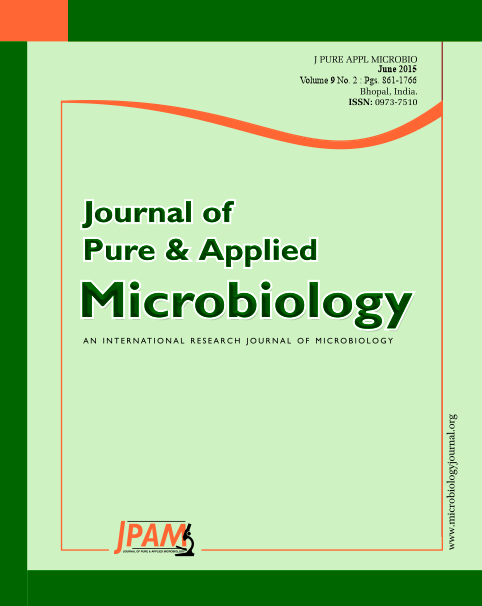Cellulases are the multi enzyme complexes that are capable of degrading lignocellulosic substances. They have wide range of applications in textile, leather, and food industries and in particular in biofuel production. Prosopsis juliflora, the drought resistant evergreen spiny tree is the richest source of carbon (40% of total sugar). Hence this lignocellulosic waste can be exploited for the growth of bacteria and for its conversion into value added products. In the present study Prosopis juliflora pods is being exploited for cellulase production from Cellulomonas uda NCIM 2353. Growth and production profiling of cellulase of Cellulomonas uda on pods containing media was studied. Further the medium was optimized for the enhanced production of cellulase using a response surface methodology. For this the wide significant parameters were found out to be carbon source (pods concentration), xylose, yeast extract and initial media pH. The interactive effect of these four significant variables at five levels on the cellulase production was studied in 26 trails as given by central composite design. The linear, quadratic and interactive effects of all these parameters on the cellulase activity were analysed. The observed coefficient of determination is 0.96224 and the critical values obtained are (g/100 mL): pods concentration, 5.0667%w/v; xylose, 0.5514 %w/v; yeast extract,0.6972 %w/v, pH, 7.401.
Cellulase, Prosopis juliflora, Central Composite Design, Optimization
© The Author(s) 2015. Open Access. This article is distributed under the terms of the Creative Commons Attribution 4.0 International License which permits unrestricted use, sharing, distribution, and reproduction in any medium, provided you give appropriate credit to the original author(s) and the source, provide a link to the Creative Commons license, and indicate if changes were made.


